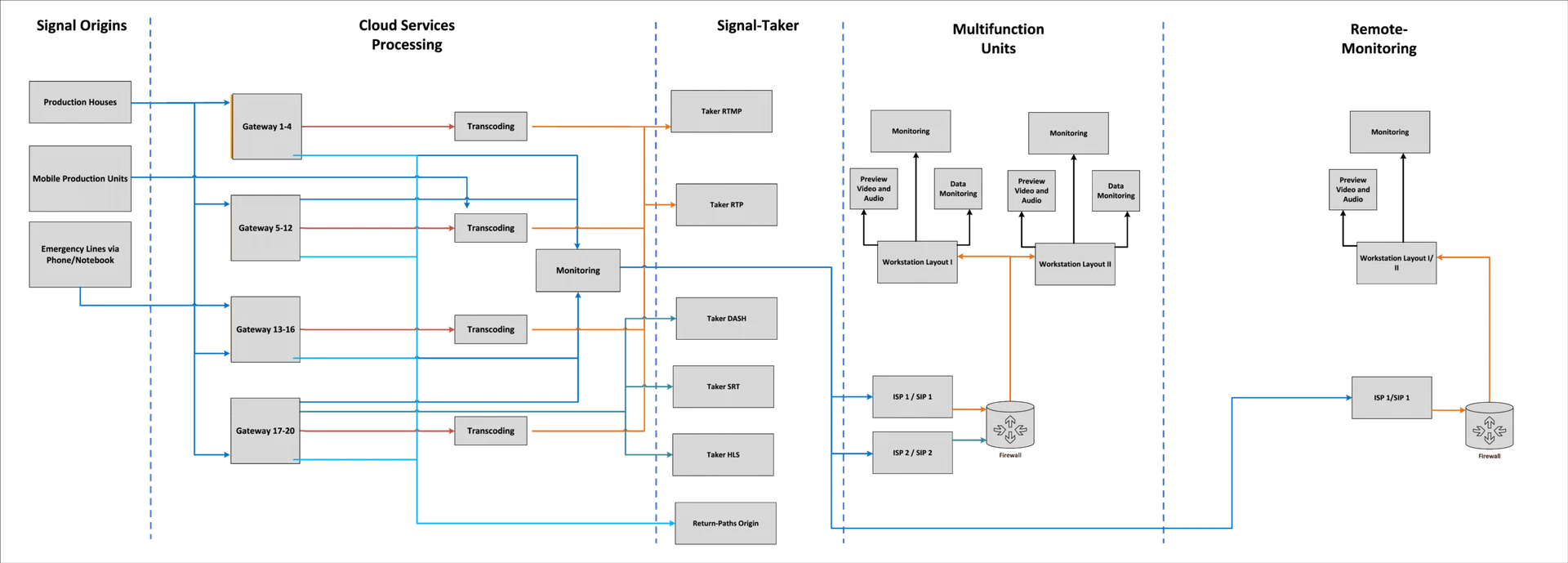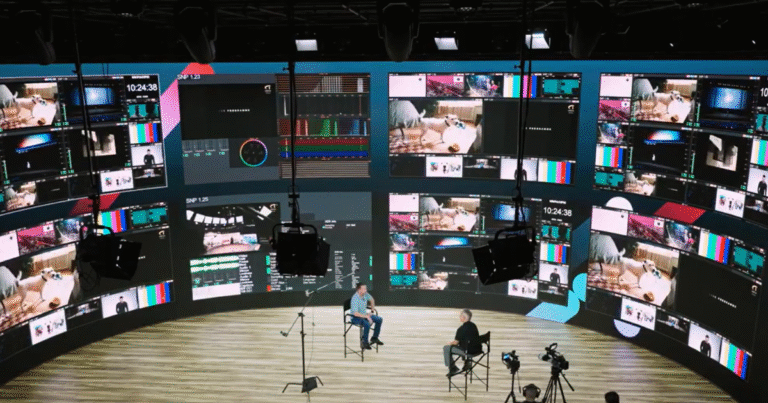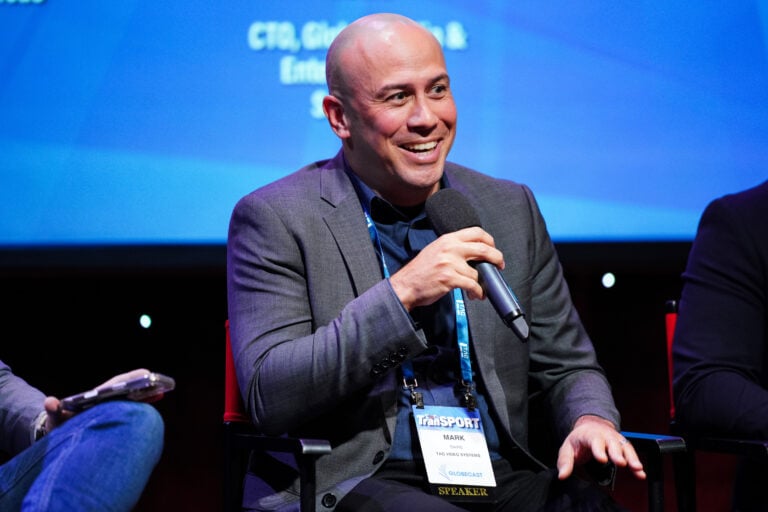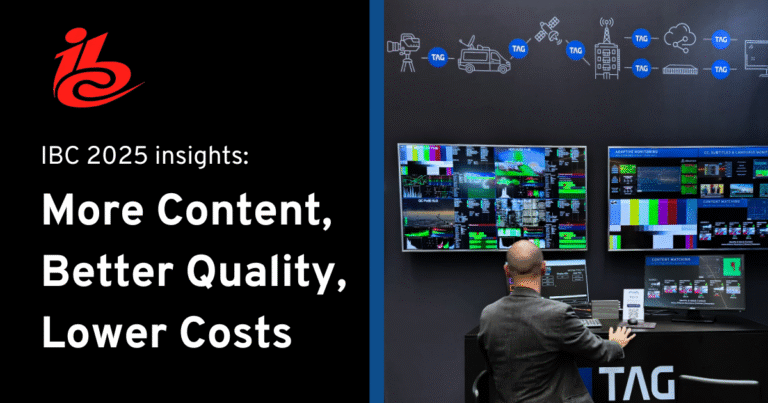Succussful Cloud implementation of live sports playout, management and delivery for a German telecom company by Munich Media Operations & MITM
At A Glance – The Players
Munich Media Operations, a German-based media service agency, serves clients in the sports, media and advertising industries. Managing Director, Andreas Göttl, leverages a background rich in IT and cloud transformation to provide broadcasters with cloud-based playout and management systems.
MITM is a German consulting firm founded by Thomas Mitschelen who brings his clients 30 years of project management, system planning, integration, and training experience within the broadcast industry. MITM helps today’s media companies adapt to the rapidly changing technological landscape within the media/TV market by designing and providing innovative, practical, and realistic solutions.
Göttl and Mitschelen share a vision for the future of broadcast and a passion for providing ‘out-of-the-box’ solutions. They implement only the most advanced best-of-breed technologies that keep their customers ahead of the curve, leading to an enriched and successful business paradigm. As a team, they embody a “can do” attitude – always designing solutions that cut through the complexity inherent in today’s broadcast workflows and maximize customer resources.
The Challenge
When a major German Telecom approached Munich Media Operations to migrate its infrastructure to an all-IP environment, Göttl and Mitschelen joined forces to design and implement a future-proof system structured solely around managed services in a multivendor interoperable environment. A critical component of the transformation had to include a system capable of remotely monitoring multiple live streams originating from sports events. It had to be controlled by a small and movable staff, and it needed to be based on an on-demand financial model. They were also challenged with a very short timeline to get it up and running.
Explained Göttl “Projects of this size can take up to three years for public broadcasters to complete; one year for testing, one year for implementing, and another year for operating and adjusting. We didn’t have the luxury of a multi-year timeline. Nor did we want one. Whether a project of this size and caliber can be completed within a tight timeframe is dependent upon one’s mindset. If you come from an IT background and you’ve consulted on IT transformation projects in the past, the question is not “How can we?” It’s “Why can’t we?”
The project was further complicated because as a Telecom provider, the client had different objectives than a traditional media company. A Telecom company transports feeds to other organizations, so it is not output-driven, but rather outcome driven which may have posed a challenge to traditional broadcast solutions providers, but not for Göttl and Mitschelen.

A Very Fast Solution
The answer to the Telecom’s monitoring and visualization needs was TAG Video Systems’ all-IP Realtime Media Performance (RMP) platform. The TAG system operates totally in the cloud and allows team members to work remotely, drastically easing recruitment issues. It also offers an Opex licensing model that maximizes flexibility by enabling all formats to be monitored together on one license without limitations on a number of systems or where they are located; and incurs fees only on inputs, not outputs.
Commented Mitschelen: “I knew TAG from my previous position at a major content distribution company and had an incredibly positive experience with both the organization and their solution. We worked with Shaharit Ben Latin, TAG’s director of sales in EMEA, who understood everything we needed and helped us get the ball rolling, and with Golan Simani, technical application specialist, who was always available to answer any question. The entire company was extremely responsive and delivered innovative solutions to every request – which have paid off big time already.”
An IP-based monitoring system in the cloud for this project was a no-brainer for Göttl: “From my perspective as an IT consultant, the industry is not moving fast enough toward IP. There are always excuses such as: the staff is all wrong, and it’s hard to go off premises. But I am not concerned so much about all that. The technology is there. You just have to use it! We have no on-premises infrastructure at all for this project. And because it’s a live sports production use case within a Telecom, we avoided all the complexity that inhibits public broadcasters and were free to concentrate on live production in the cloud.”
Originally planned as a Proof-of-Concept, the system was actually up and running with the first streams on air within a month. Currently, it is monitoring 3,000 to 4,000 streams per season without any issues.
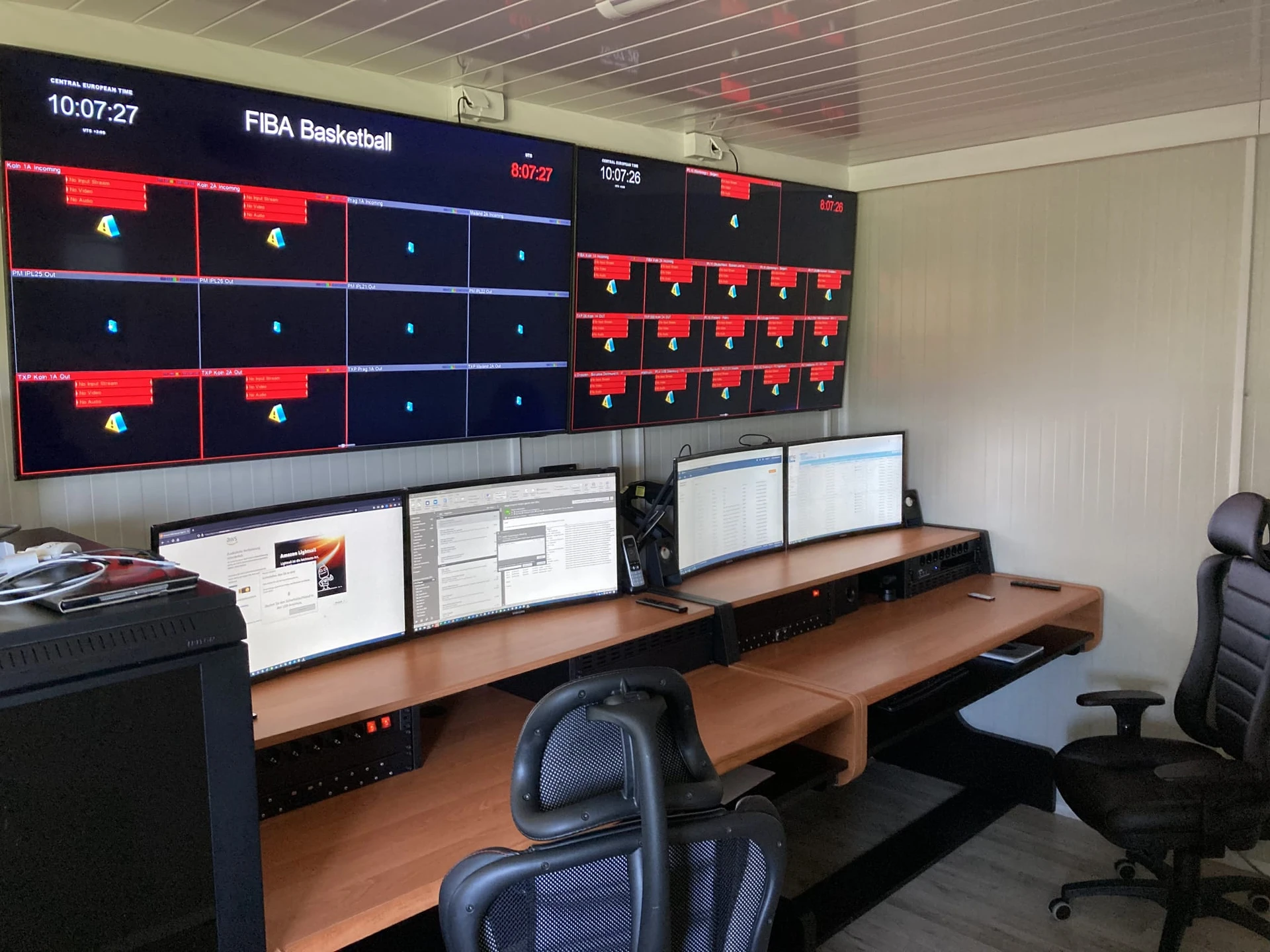
Under the Hood & Up on the Cloud
SRT is the Telecom’s main distribution protocol, they are working with H.264 and testing H.265 to reduce the bandwidth without any loss of quality. The TAG system is monitoring multiple live sports SRT streams on-demand running in an AWS cloud environment. Because this is an IP-based environment in the cloud, the source of the signal is irrelevant. A cloud video mixer receives signals and pushes them out to customers in whatever format they desire.
Adopting an Opex model allows the Telecom to speed up or spin down instances as needed, maximizing resources and minimizing costs. The combination of AWS on-demand and an Opex licensing model allows the Telecom to pay only for what is used allowing its business to grow as its requirements evolve and expand. A winning formula for a successful future!
TAG’s flexible and open-source API allows the MCM to be controlled from anywhere, giving team members the ability to either work remotely or monitor feeds on-site.
According to Göttl: “Of course, we are a tech company, but we’re not selling tech. We’re solving problems for our clients. We don’t care where the signals come from, and we don’t have to worry about satellite uplinks. What matters is that they are live sports streams and we’re making a smart contribution of those streams that the TAG system can then monitor and analyze to ensure the client delivers pristine signals successfully.”
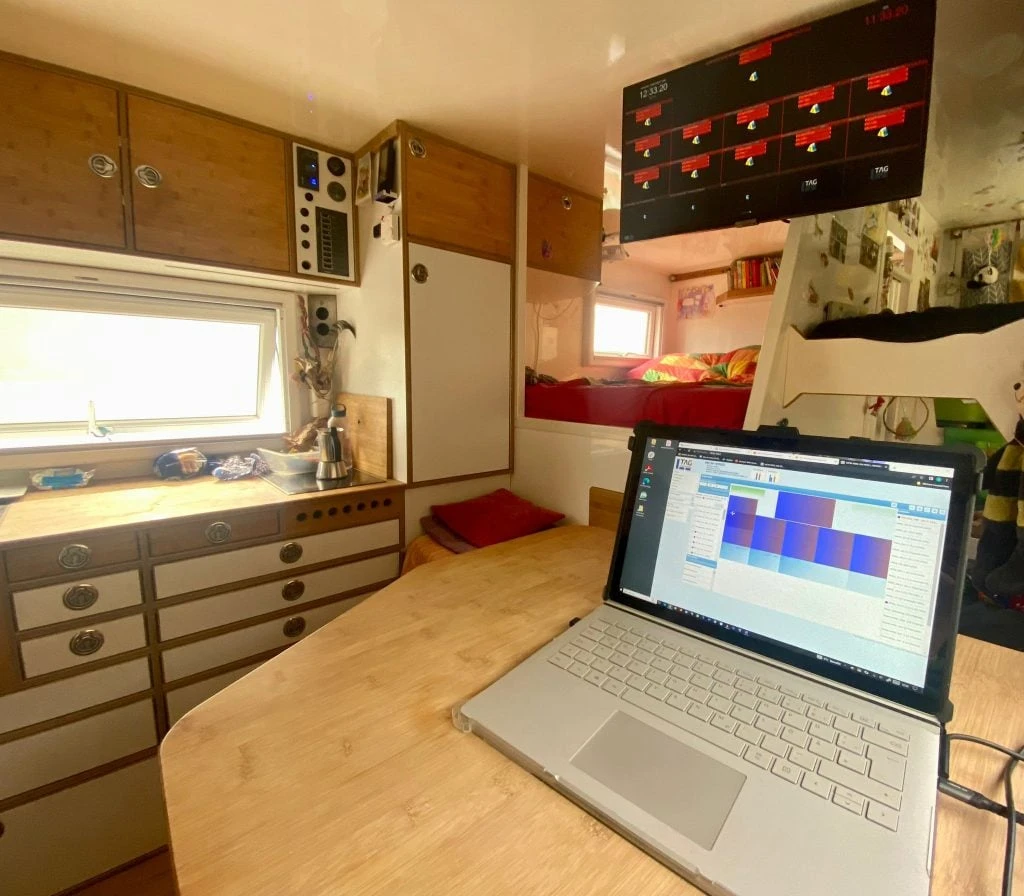
The Results
Said Mitschelen: “The system is being used to monitor streams from several different sports including basketball, women’s football, men’s football and ice hockey — basically everything within the streaming arena. It is being used as an analyzing tool as well as a monitoring tool and it has helped our client get to the cause of several problems quite often.”
”The TAG system is intuitive and super-easy to install and operate. We had great support from the TAG team who always came through and made everything work together.
It’s functioning as smoothly as possible. The system has enabled operators to work from Munich today and New York tomorrow. It doesn’t matter. We currently have people working worldwide and within Germany. One of our colleagues is even traveling with a caravan and working remotely around the world, using Starlink. This off-site capability is giving companies the flexibility to hire the right people even if they are in remote locations. Everything we have done has maximized flexibility with no limitations whatsoever.”
Looking Forward
Emphasized Mitschelen: “TAG’s flexibility also enhances our ability to deliver the most agile systems. If the customer decides to use a signal format that its system doesn’t support today, we can add it easily. It’s no problem.”
“We are still learning all the features and functionalities that the TAG platform offers. Our next step is learning to use its automation to relieve the staff of mundane and time-consuming tasks. Instead of sitting around watching signals on a screen, which is not very productive, operators will focus on solutions to issues that might arise.”
“Going forward, one of the key things I’m evaluating for more intense use is TAG’s API connectivity features. For example, now people create the mosaic layouts themselves and do all the UMDs manually – this shouldn’t have to be done because all the information is in our database. I’d like to use TAG’s API connection to create a perfect layout, fully labeled, every day for each of our operators so they don’t have to repeat the same task every time they sign on.”
This Telecom project has been a major focus of Munich Media and MITM, but the team looks forward to expanding and offering similar services to other customers.
“Down the road, we want to explore and expand our playout in the cloud services where we could acquire signals as part of the broadcasting world and work in playout with graphics, loudness, audio processing etc. This could be used for different platforms such as Youtube, and Facebook. You name it. The people we are hiring now for monitoring and analyzing the streams have the potential to do these other functions as well.”
